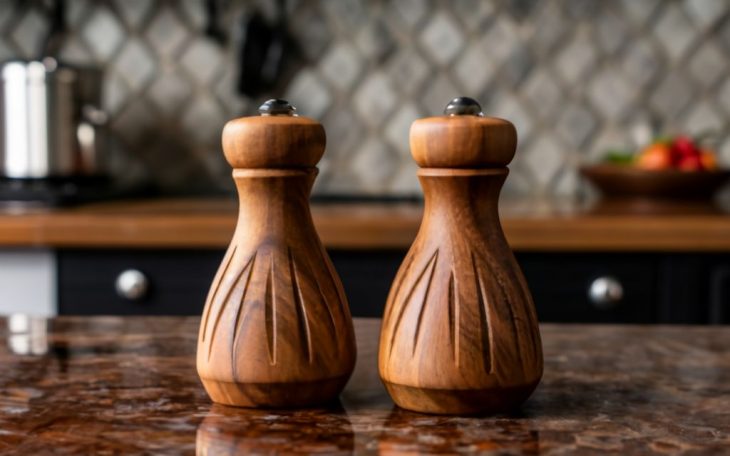Take a workshop in chip carving with an instructor that is willing to share their knowledge with you. Allow them to become your mentor. But don’t use them as a crutch. A good mentor will make you think and work for your answers. Don’t ask questions if you don’t want to work for the answer.
Sometimes a good instructor or mentor will let you make mistakes so you can learn from them. A mistake is a lesson learned.
Have the patience to spend the time to learn what you need to know in chip carving. Practice working out your own designs until you have certain knowledgable questions you can ask.
Having an area you can identify that you are having a problem in, you will be able to ask the right question. In a class with an alert chip carving instructor to your needs they will see what you need to know by the difficulty you are having in class. Never be so shy not to ask the tough questions. A good instructor wants tough questions.
There is never a question in chip carving that an experienced and accomplished chip carving instructor can not answer, because they have been through what you’re going through.
Find a chip carving instructor that has a mechanical background and has had the experience in the real world that understands WHY things work mechanically the way they work and HOW things work the way they do to put that together related to chip carving.
There is not a mechanical solution that can’t be applied to chip carving to make chip carving not work for you. The way you hold the knife handle, the angle of entry of the knife blade entering the wood. How you stab the knife blade to the full width and depth of the chip. How you visually see in your mind where the tip of the blade bottoms out for converge cuts. Relating this to the direction of the wood grain.
Chip carving is a repetative skill and if you develope habits that do not improve your chip carving this will become part of your muscle memory you might not want. A good example is the residual of wood left on the bottom of the chip and/or breakouts of wood. Learn to under cut or over cut in your stab cuts. Stop sliding the blade in the wood and go in with a deliberate and direct thrust of the blade.
Applied pressure and converging cuts in chip carving are necassary chip carving skills that have taken many issues in the “Chip Carvers Newsletter” to be understood.
Bary McKenzie has taught since 1995 the art of learning chip carving and has developed a method in class that takes hands on practice while learning in a classroom environment.
Learning what works for you and not the instructor will mean mastering chip carving your way. Never take a lesson with an instructor that insists that you learn to do it his or her way. You must find out what works for you.
Sometimes teaching your seld might be the best learning through your mistakes and correcting them. Taking a class with Barry he will see ways to improve your chip carving you might not have thought about.


You must be logged in to post a comment.